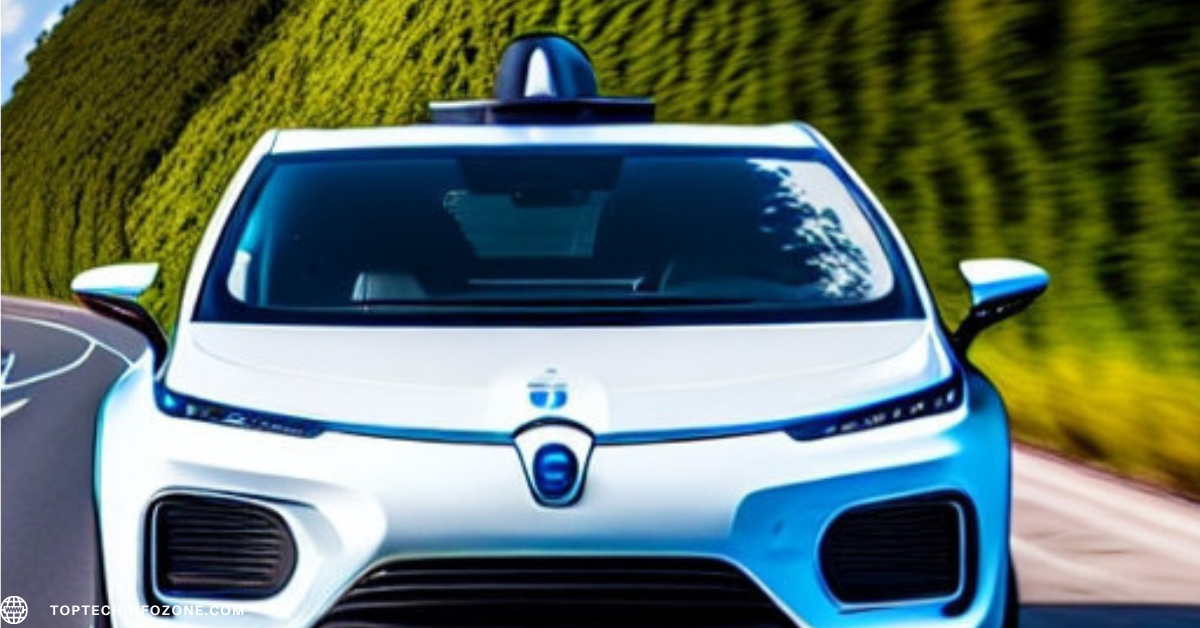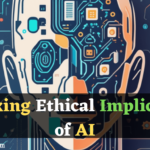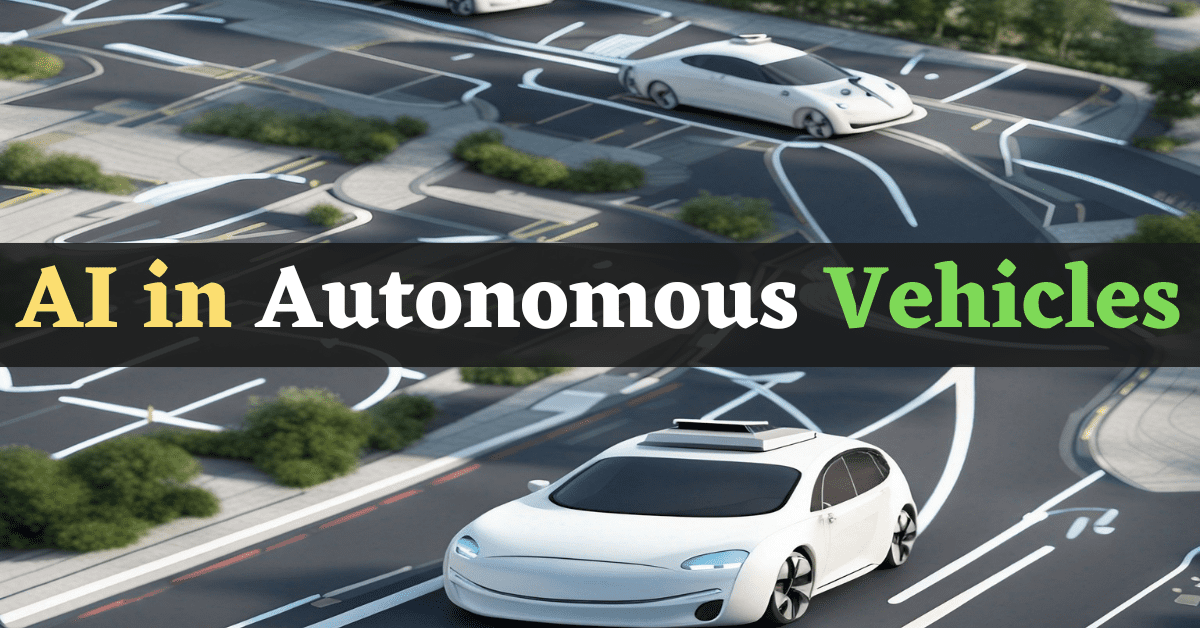Introduction
Autonomous vehicles, also known as self-driving cars, have been a subject of fascination and innovation in recent years. The integration of Artificial Intelligence (AI) in autonomous vehicles has led to remarkable advancements in the automotive industry. This article explores the significant progress made in this field and the challenges that still need to be addressed for the widespread adoption of autonomous vehicles.
Advancements in AI for Autonomous Vehicles
By employing advanced algorithms and techniques, Natural Language Processing (NLP) enables machines to comprehend the complexities of human language and add automation to automobiles.
Perception and Sensing
The foundation of autonomous vehicles lies in their ability to perceive and sense the surrounding environment accurately.
AI-powered sensors, such as LiDAR, radar, cameras, and ultrasonic sensors, play a crucial role in gathering real-time data.
These sensors provide a comprehensive view of the vehicle’s surroundings, enabling it to detect obstacles, pedestrians, and other vehicles.
Decision Making and Control
AI algorithms process the vast amounts of data collected by the sensors to make informed decisions.
Advanced decision-making systems, often based on machine learning models, analyse complex scenarios and choose the most appropriate actions for the vehicle.
This includes lane changes, speed adjustments, and navigation around obstacles.
Mapping and Localization
Autonomous vehicles heavily rely on high-definition maps and precise localization techniques.
AI helps in creating and updating detailed maps, which are crucial for the vehicle’s navigation.
Simultaneous Localization and Mapping (SLAM) algorithms enable autonomous vehicles to accurately position themselves within the mapped environment.
Connectivity and Communication
AI facilitates vehicle-to-vehicle (V2V) and vehicle-to-infrastructure (V2I) communication, allowing autonomous vehicles to share information with each other and traffic systems.
This connectivity enhances safety and efficiency on the roads by enabling cooperative manoeuvres and real-time traffic updates.
Deep Learning in Autonomous Vehicles
Deep learning techniques, a subset of AI, have revolutionized autonomous vehicle development.
Convolutional Neural Networks (CNNs) aid in image recognition tasks, while Recurrent Neural Networks (RNNs) handle sequential data, making them invaluable for predicting vehicle behaviour and analysing traffic patterns.

Safety Aspects of Autonomous Vehicles
Collision Avoidance Systems
One of the primary objectives of AI in autonomous vehicles is to prevent collisions and ensure passenger safety.
AI-driven collision avoidance systems use advanced sensors and algorithms to detect potential hazards and apply emergency braking or steering to avoid accidents.
Cybersecurity Measures
As autonomous vehicles become more connected, cybersecurity becomes a critical concern.
AI plays a vital role in identifying and mitigating cybersecurity threats, protecting the vehicle’s systems from unauthorized access and potential hacking attempts.
Redundancy and Fail-Safe Mechanisms
To enhance safety, autonomous vehicles often incorporate redundant systems and fail-safe mechanisms.
AI is employed to monitor the performance of these systems continuously, ensuring that any malfunction is immediately detected and addressed.
Challenges in Implementing AI in Autonomous Vehicles
Technological Limitations
Despite significant advancements, several technological limitations hinder the seamless integration of AI in autonomous vehicles.
Challenges such as real-time decision making in complex environments and adverse weather conditions still need to be overcome.
Interoperability and Standardization
The lack of standardized communication protocols and interoperability among autonomous vehicles from different manufacturers poses challenges for widespread adoption.
AI can contribute to creating unified standards and protocols for seamless collaboration.
Human Acceptance and Trust
While AI-enabled autonomous vehicles offer numerous benefits, gaining public acceptance and trust remains a challenge.
Building confidence in the safety and reliability of self-driving cars through transparent communication and thorough testing is crucial.
Liability and Insurance Issues
The introduction of AI in autonomous vehicles raises complex legal and liability questions.
Determining responsibility in case of accidents involving self-driving cars requires a careful examination of various factors, including the AI algorithms’ behaviour.
Conclusion
The integration of AI in autonomous vehicles has significantly advanced the automotive industry, bringing us closer to a future of safer and more efficient transportation. However, various challenges, such as technological limitations, safety concerns, and regulatory issues, must be addressed to ensure a smooth transition to widespread autonomous vehicle adoption.
FAQs (Frequently Asked Questions)
Autonomous vehicles operate with varying levels of automation, ranging from Level 1 (driver assistance) to Level 5 (full automation). Level 5 vehicles are capable of complete self-driving without human intervention.
AI enables autonomous vehicles to perceive the environment, make decisions, and take appropriate actions to ensure safety. It powers collision avoidance systems and cybersecurity measures.
Yes, AI can optimize traffic flow and reduce congestion by coordinating vehicle movements and predicting traffic patterns.
Some of the key challenges include technological limitations, interoperability, human acceptance, and liability and insurance issues.
Autonomous vehicles have the potential to reduce emissions and energy consumption, leading to a positive impact on the environment.
Related Posts:
- Unlocking Ethical Implications of AI: Unveiling Unforeseen Consequences (2023)

- AI in Finance: Predictive Analytics and Fraud Detection (2023)

- Chatbots and Virtual Assistants: Enhancing Customer Experience (2023)

- AI and Robotics: Transforming Industries (2023)

- The Role of AI in Cybersecurity and Threat Detection (2023)

